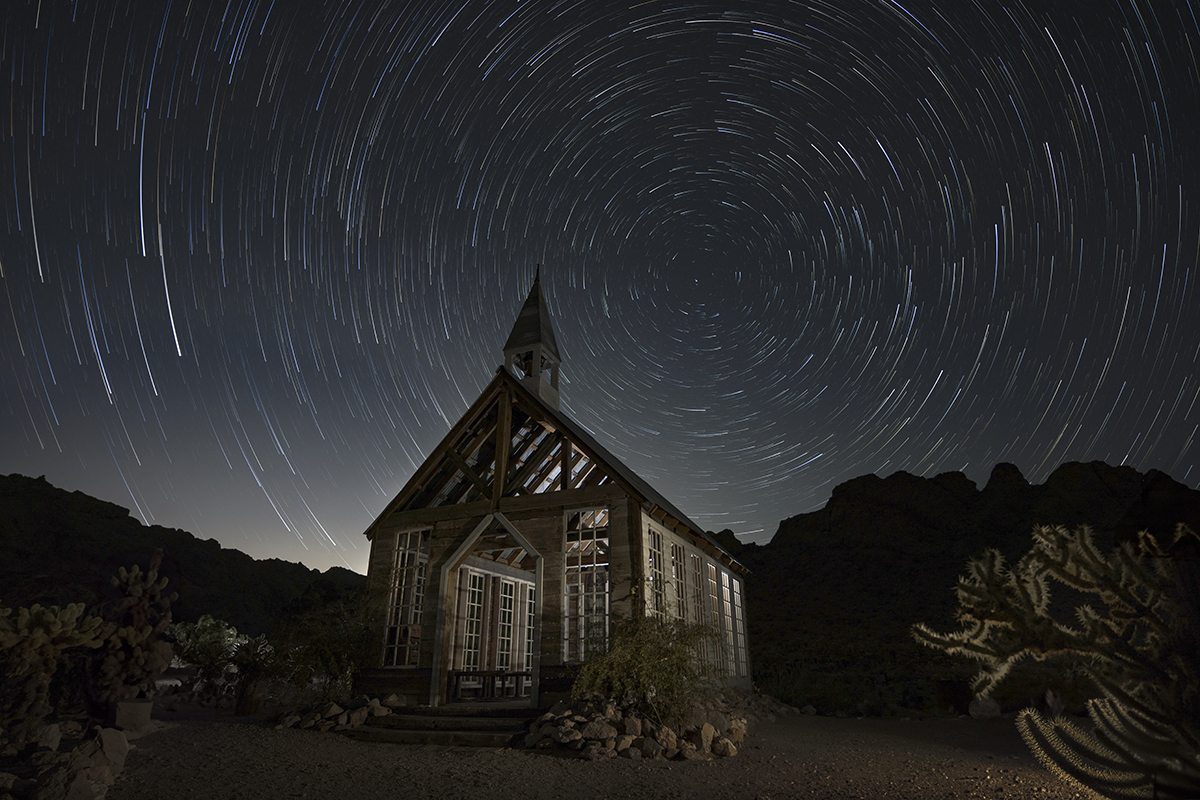
La fureur de Fuego
André Costantini et Ken Hubbard partent à la découverte des stratovolcans du Guatemala avec leurs objectifs Tamron 28-75mm F2.8 G2 et 28-300mm VC.
Auteur : Jenn Gidman
Images : André Costantini and Ken Hubbard
Partager l'article
André Costantini et Ken Hubbard partent à la découverte des stratovolcans du Guatemala avec leurs objectifs Tamron 28-75mm F2.8 G2 et 28-300mm VC.
Standing sentinel on the outskirts of the Guatemalan city of Antigua are a trio of stratovolcanoes: Acatenango, Volcan de Agua (“Volcano of Water), and Volcan de Fuego (“Volcano of Fire”), one of the most active volcanoes in the Central American nation. In October, André Costantini and Ken Hubbard ventured to the region to witness some of the local eruptions, smoke plumes, and lava flows. “A driver took us up the dormant Acatenango mountain in a Nissan Frontier pickup truck, a two-hour trip that deposited us about a 45-minute hike from the spot where we settled in for the night to take our photos,” says Ken.

“Settled in for the night” meant André, Ken, and four other guys cramming into a 10-by-10 wooden A-frame—perhaps not the most comfortable accommodations, but the perfect vantage point to capture every fiery burst. “In Iceland and Hawaii, the lava more typically oozes out like a river,” Ken explains. “Fuego is a steeper, more cone-shaped volcano, which produces more explosive eruptions out of the top of the cone. In the middle of the night, it was extremely quiet—other than the snoring coming out of the A-frame—but you would occasionally hear rocks spewed out of the volcano during late-night eruptions, whizzing through the air and then thumping onto the ground.”
To photograph these massive forces of nature, Ken and André used the Tamron 28-75mm F/2.8 DI III Zoom standard VXD G2 et 28-300mm DI III Zoom tout-en-un VC VXD for their mirrorless camera systems. “I shot the 28-300mm VC exclusively on this trip,” says Ken. “That lens proved ideal for letting me capture wider shots of the landscape, then zoom in to the telephoto end for images like the layered shot of the mountains. That kind of range meant I didn’t have to keep switching lenses. And although I shot many of the longer-exposure photos on a tripod, I did shoot handheld for the morning shots, including the image of the giant plume of smoke emerging out of the clouds. That’s where the 28-300mm’s Vibration Compensation (VC) helped out in the lower light.”


André, meanwhile, shot with both the 28-300mm VC and the 28-75mm G2, with a focus on the latter. “A faster aperture is what I was after during this shoot,” he says. “The 28-75mm’s maximum F2.8 helped me achieve sharp images with minimal noise—I was often able to keep lower ISOs—in lower-light conditions.” The combination of this lens duo, paired with a thoughtful eye to composition, gave André and Ken the ability to adapt quickly to changing conditions, including the unpredictable weather that can often obscure the volcanoes.

ANDRE AND KEN’S QUICK TIPS
Check out volcanic activity beforehand.
Ensure your own safety and also offer yourself the best photographic opportunities. The Fuego volcano we photographed is generally safe—it has mini-eruptions every 15 minutes or so, as predictable as the Old Faithful geyser—but if you were to get on the wrong side of a pyroclastic flow after an explosive eruption, that can spell trouble. Locals monitor this volcano’s activity, and if it looks like it’s set to erupt more than normal, warning alerts are sent out by the government or volcano monitoring agencies.
Do an overnight if possible.
The best time of day to capture volcano photos, especially eruptions, is typically during the evening, especially as the light fades into sunset and the blue hour. As daylight wanes, the bright lava eruptions, often too subtle to see in daylight, become much more visible against the darkening sky. This is the ideal moment to photograph the glowing orange lava spewing from the volcano, especially if soft clouds are hovering overhead to reflect the fiery hues.

Smoke, clouds, and mist are your friends.
Incorporating these can significantly enhance the visual drama of your volcano photographs. This is particularly the case for early mornings: You may not capture the vivid contrasts you can get with evening shots, but morning fog or mist that lingers in the valleys or encircles the volcano can create a different, more mysterious atmosphere. The soft light of sunrise or sunset can also highlight the smoke, adding depth and texture to your shots, while obscuring the peak of the volcano can add an element of intrigue.

Use longer exposures.
This can add dramatic flair to volcano photography, especially when capturing eruptions. By extending the shutter speed, you can create stunning visual effects, such as streaks of lava and rocks flying through the air, which might otherwise be too quick to capture in a single frame. This technique also works well for capturing the movement of lava flowing down the side of the volcano. While some photographers use remotes to minimize camera shake, even a simple self-timer can work well for these types of shots.

 Demandes de remboursement
Demandes de remboursement

